MDSG 2019 – Camborne School of Mines, 2-4 January 2019
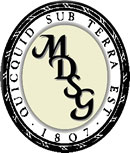 Visit us at MDSG 2019 (Mineral Deposits Study Group conference) on 2-4 January 2019 at Camborne School of Mines, at the University of Exeter’s Penryn Campus in Cornwall.
Visit us at MDSG 2019 (Mineral Deposits Study Group conference) on 2-4 January 2019 at Camborne School of Mines, at the University of Exeter’s Penryn Campus in Cornwall.
Register for MDSG 2019
Instruments for geology & minerals
Articles about geology
Contact us on +44 (0)1223 422 269 or info@blue-scientific.com
MDSG 2019
The Mineral Deposits Study Group conference is held in association with the Applied Mineralogy Group of the Mineralogical Society of Great Britain and Ireland.
The event covers a broad range of topics within the themes of:
- Ore deposit geology
- Mineral exploration
- Analytical techniques related to mineralisation
Programme
The full programme with speakers and presentation titles is available here as a pdf.
Wednesday 2nd January 2019
- Icebreaker – 6pm onwards, Exeter University Penryn campus
Thursday 3rd January 2019
- Conference
- Evening conference dinner, The Royal Duchy Hotel, Falmouth
Friday 4th January 2019
- Conference
- Poster session
- MDSG AGM – Lunchtime
Saturday 5th January 2019
- Full day field excursion to Poldark Mine and the United Downs Deep Geothermal Power Project. Free to attend – register here
Registration
Register online on the MDSG 2019 website.
Venue
The event will be at the University of Exeter’s Penryn campus in Cornwall. Parking is available on campus.
Directions and details of accommodation are available on the MDSG 2019 website.
Blue Scientific at MDSG 2019
Visit our stand to find out about our instruments for geology:
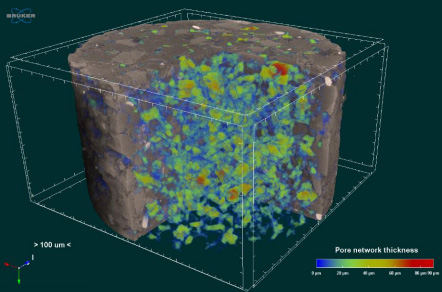
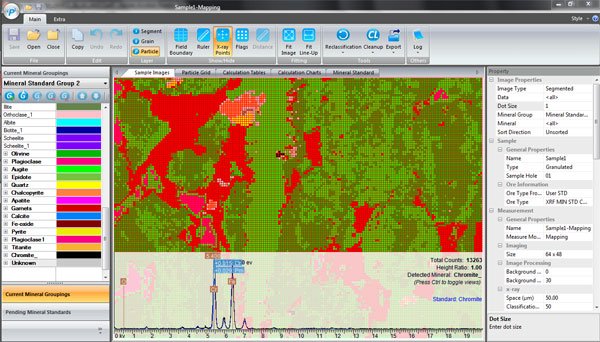
Micro-CT
- Non-destructive 3D X-ray imaging
- Virtual flights and slices through your sample
- Analyse 3D mineral distribution, porosity, dynamic processes and more
Micro-XRF
- Element mapping and analysis
- Study spatial mineral distibution, structure and composition
- Faster and more cost-effective than SEM-EDS
- Detect light elements down to carbon
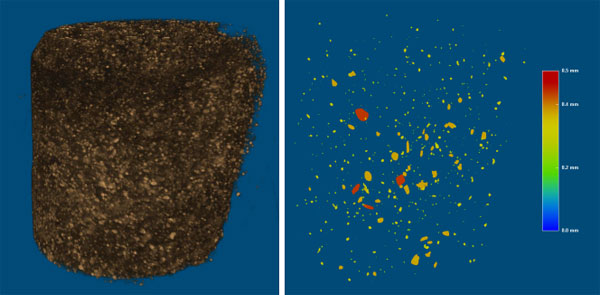
Rock can be segmented into mineral fractions with micro-CT (especially useful for studying ores). This gold deposit was scanned in 29 mins with the Bruker SkyScan 1275 (9 µm pixel size).
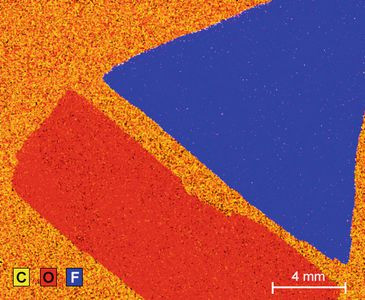
Light element detection enables clear differentiation between materials such as fluorite and calcite, which were previously indistinguishable with micro-XRF. More info…


